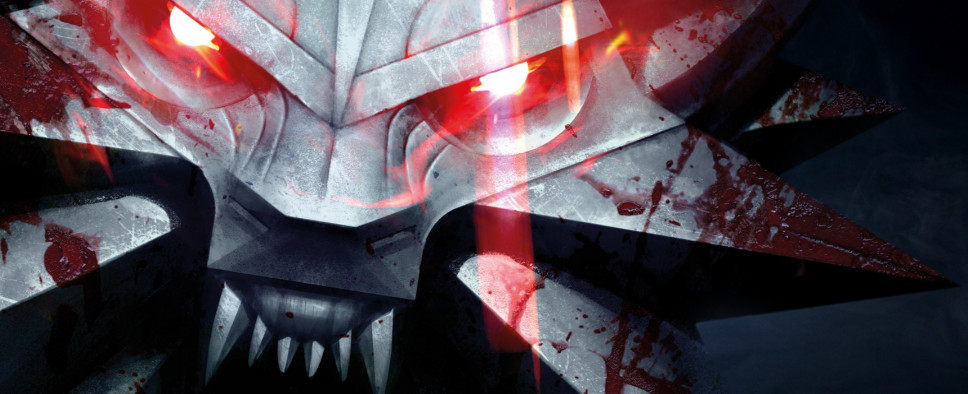The Magic of The Witcher 3: Wild Hunt
-
Category: News ArchiveHits: 2472

IGN editor Mitch Dyer has penned an article on the magic, pardon me, sign system of The Witcher 3: Wild Hunt, based on his own personal hands-on experience with the title. According to him, the sign upgrades in the game are far more satisfying than in its predecessor:
Combat in The Witcher 3 is complex and challenging in a way that's even more satisfying than the last two games. The newfound importance of magic is secretly the most important reason why. Early on, each of Geralt's five Signs function similarly to The Witcher 2: useful, satisfying, but unsophisticated. The flaming Igni and telekinetic Aard spells operate similarly, blasting an energetic force toward enemies. Igni's small chance to set enemies alight is its differentiating factor, but as it levels and becomes a devastating, targeted flamethrower, it starts serving a different purpose than Aard's fierce knockback and increasingly effective crowd-control. The Quen shield, like it did before, can deal damage by exploding when it takes enough damage. It also comes with the invaluable benefit of converting damage into health when leveled appropriately.
This is the key. (When leveled appropriately) is the constant, crushing variable in The Witcher 3: Wild Hunt. Sign upgrades come at the cost of not upgrading Geralt's alchemical skills, his overall hit points, the damage he deals, and the regeneration of his valuable stamina. Wild Hunt's Ability Points are limited -- you'll earn one each time you level, and one for each of a certain rare, hidden obelisk you discover. As such, unlocking additional Sign skills is an agonizing decision every time. Improved area-of-effect for Aard means you won't deflect incoming arrows this time around. Converting Axii's confusion into full-blown possession, so enemies fight for you rather than stand around holding their heads, could mean your large Yrden slowing field doesn't last very long.

